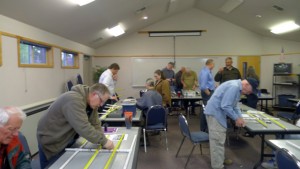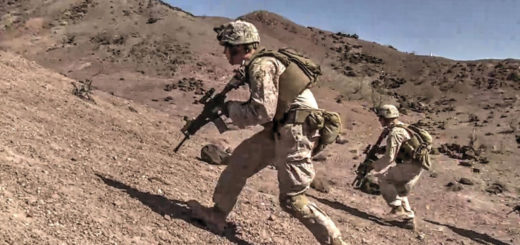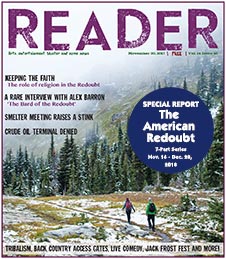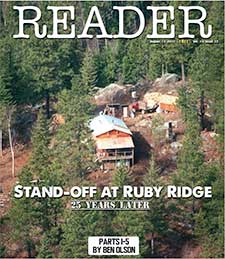Amateur radio: a fascinating Sandpoint hobby
By Eric Anderson
Reader Contributor
Some of you may have heard of Amateur Radio, or its other, more common name, “Ham” Radio. The term “Amateur” refers to the fact that the hobbyists do not do radio for a living—rather, as a hobby. There are a number of “hams” in the Sandpoint area that have joined together under the banner BCARC, which stands for Bonner County Amateur Radio Club.
The club meets once a month at various locations. So exactly what is Amateur Radio? It is a hobby that attracts tens of thousands worldwide.
Different people are attracted for different reasons. Some for the excitement of talking with people all over the world. This is called DX, for long distance communications. Some are attracted by the technical aspects – some very sophisticated radio transceivers (transmitter/receiver) are available, as well as some very interesting antennas of wide-ranging designs.
Then there is moon bounce. And satellite communications. And worldwide nets, which combine radio and the internet. Or even local repeaters, where you can talk to people all over the area on a little hand-held radio – or even all over the world using a system called D*STAR.
And then there are the very cool digital modes. These modes allow 20 to 40 channels of ongoing conversation in the same bandwidth as a single voice channel! A computer is connected to the radio transceiver, and text is received, and transmitted via a keyboard and a set of macros that simplify the interactions between two stations. A few clicks on the macro buttons, and you are off and running!
Some like the creative aspect: designing your own radio set, or your own antenna, testing your creation, sharing it with others, building from scratch (a “maker”) or from kits. There are so many aspects to the hobby! And then there are the public service aspects. This includes ARES/RACES – two different organizations for handling emergency communications. Ham Radio operations have traditionally provided life-saving communications during emergencies, such as earthquakes, floods, and other types of disasters where normal communication channels are disrupted. These groups work directly with emergency government agencies to provide the required communications. For example, during the recent earthquake emergency in Ecuador, the national organization, ARRL (Amateur Radio Relay League) set aside certain frequencies in the 40 meter radio band for emergency communications related to that recovery effort.
Hams also help each other. Putting up an antenna. Figuring out why things don’t work. Getting help from around the world is not uncommon!
So what does it take to become a “ham” radio hobbyist? Its actually pretty easy. The club will help you get started, and grow into the hobby. Many people who are not at all technical will get the basic Technician license, which allows them to use the higher frequency bands for voice and digital communications, such as with the small, low-cost handheld transceivers, as well as lower bands with morse code, also known as CW (you do not have to learn or use code). The club offers classes for those who want to take the exam, and exams are offered locally, and cost is typically $5. Alternative online courses are also available that make the test easy to pass.
There are so many more aspects to the hobby: Field Day. Contests. And more. Check our website for more information: WWW.K7JEP.ORG. We are here to help you get into an exciting hobby! Come join us!











 Coming up this week! Don’t miss Live Music, the Summer Sampler, the Art Party, Monarch Grind, the Sandpoint Renaissance Faire, and more! See the full list of events in the
Coming up this week! Don’t miss Live Music, the Summer Sampler, the Art Party, Monarch Grind, the Sandpoint Renaissance Faire, and more! See the full list of events in the 